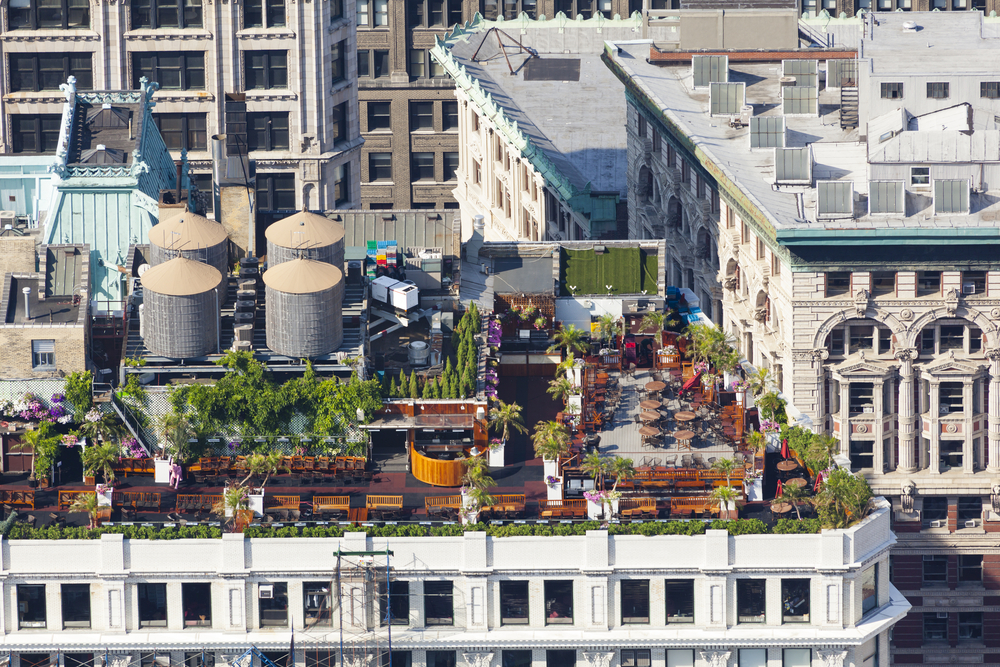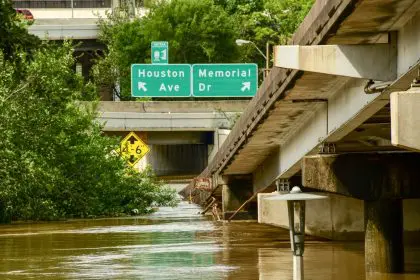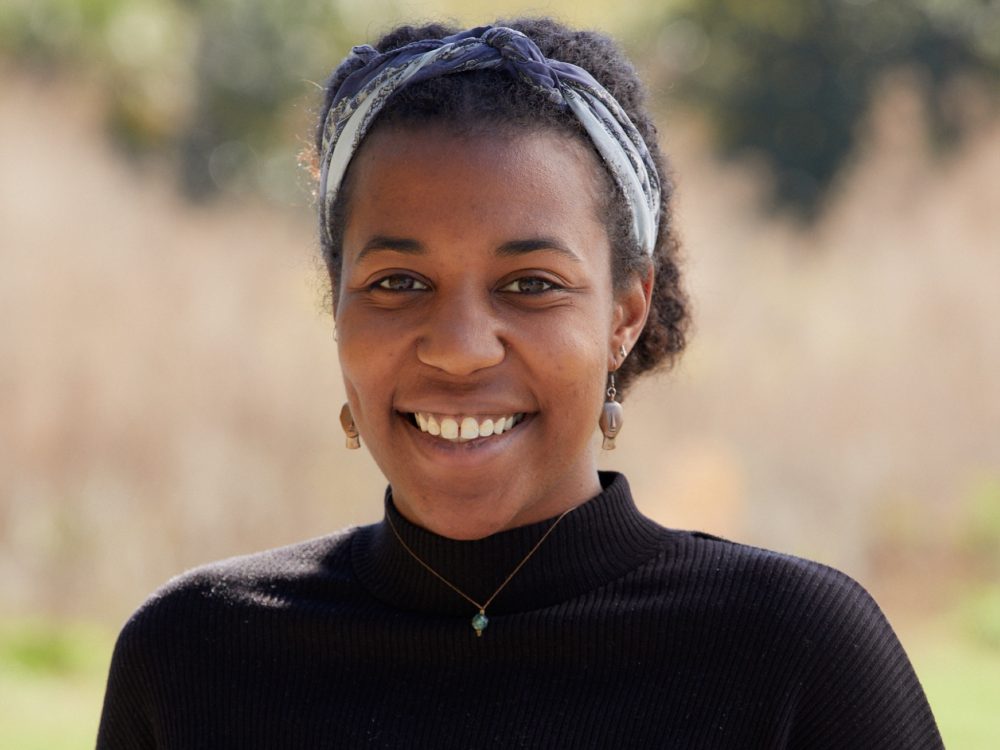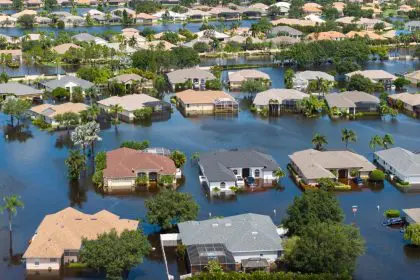Manhattan’s skyline, a jagged expanse of steel and glass, is sprouting something new, green rooftops. These patches of vegetation atop buildings aren’t just aesthetic flourishes, they’re tactical responses to a warming planet. With over 1.6 billion square feet of rooftop space across New York City, and Manhattan holding a dense share, the borough leads a quiet revolution. Green roofs now cover less than 0.1% of the city’s million-plus buildings, but their impact punches above their weight, especially here. Five standout projects illustrate how they’re reshaping the island, one roof at a time.
The push isn’t random, local Laws 92 and 94, passed in 2019, mandate sustainable roofing for new builds and major renovations, while tax incentives sweeten the deal for retrofits. In Manhattan, where 20% of the city’s land is rooftops, the potential is vast. Industry data pegs the city’s green roof count at 736 as of late 2022, with most clustered in this borough’s wealthier pockets, Midtown and Downtown. These five projects show why that concentration matters, and how it’s evolving.
Cooling the concrete jungle
First, the Javits Center in Hell’s Kitchen boasts a 6.75-acre green roof, one of the largest in the U.S. since its 2014 installation. Covered in sedum, a hardy succulent, it slashes the building’s energy use by insulating against summer heat, cutting cooling costs by up to 25%. It also traps 7 million gallons of stormwater yearly, easing pressure on the city’s aging sewers. In a borough where pavement amplifies temperatures, this roof cools its surroundings by 5 degrees on average, a small but real dent in the urban heat island effect.
Second, Pier 57 in Chelsea flips the script on waterfront real estate. Its 2.5-acre rooftop, opened to the public in 2023, mixes native plants with walkways. Beyond its role as a community space, it absorbs 80% of rainfall, reducing runoff into the Hudson River. Last summer, sensors clocked its surface at 30 degrees cooler than nearby blacktop roofs, proving greenery’s power in a heatwave-prone city.
Food, floods, and habitat
Third, the Brooklyn Grange’s Manhattan outpost, a 1-acre farm atop a Midtown office tower, blends utility with ecology. Since expanding into the borough in 2021, it grows over 50,000 pounds of produce annually, from kale to tomatoes, sold locally. Its soil soaks up 90% of storm water, a boon during 2024’s record rains, while bees from onsite hives pollinate plants across the area. It’s a model of how roofs can feed people and wildlife alike.
Fourth, One Penn 1, a 57-story tower near Penn Station, added a 17,000-square-foot green roof in 2023 as part of a $250 million overhaul. Its mix of grasses and shrubs cuts energy use by 15%, thanks to natural insulation, and doubles as a tenant perk with skyline views. Last year, it captured 500,000 gallons of rainwater, a stat that caught the eye of city planners eyeing broader adoption.
Fifth, the High Line, though not a traditional roof, mimics their logic atop an elevated rail bed. Stretching 1.5 miles through Chelsea and the Meatpacking District, its 6-acre greenway, fully realized by 2019, uses drainage systems akin to green roofs. It retains 70% of rainfall, cooling the corridor below by 4 degrees on average, and supports birds and insects in a concrete sea. Its influence inspires rooftop projects nearby.
The equity gap
Manhattan’s green roofs skew upscale, a trend research confirms. Midtown and Downtown, home to high-income zip codes, host over half the city’s total, while heat-vulnerable areas like East Harlem lag. Installation costs, often $25 per square foot or more, favor deep-pocketed owners, and structural upgrades for older buildings add hurdles. Still, city grants, like the Department of Environmental Protection’s $6 million program, aim to bridge this divide, funding 15 projects borough-wide last year.
Progress inches forward. In 2024, permits for green roofs jumped 18% citywide, with Manhattan leading. The borough’s 40,000 acres of rooftop space dwarf the current 60 acres of green cover, hinting at untapped potential. Each project proves the concept, cooling streets, curbing floods, and greening a gray horizon.
A greener horizon
Manhattan’s five standout roofs aren’t the endgame, they’re the vanguard. City Hall eyes 50,000 square feet of new green space by year’s end, spurred by brutal heatwaves. These projects don’t just fight climate change, they redefine what a rooftop can be, a farm, a park, a lifeline. As costs drop and policies tighten, the borough’s skyline might shed more concrete for green, one building at a time.













